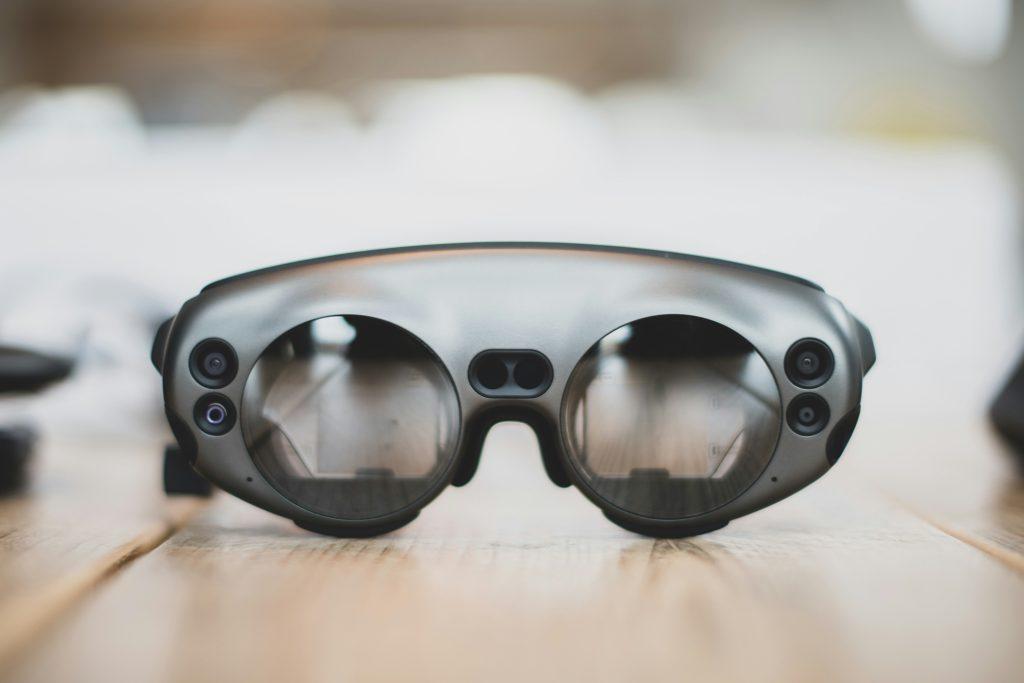
Augmented Reality in 2024: Shaping the Future of Digital Interaction
- May 27, 2024
Augmented Reality (AR) has moved from science fiction to a transformative technology with real-world applications. In 2024, AR is revolutionizing how we interact with the digital and physical worlds, offering new possibilities across various sectors, from gaming and entertainment to healthcare and education. This blog post explores the latest advancements in AR, its impact, and future trends, with references to key sources for further reading.
What is Augmented Reality?
Key Advancements in AR Technology
1. Improved Hardware
In 2024, AR hardware has significantly advanced. Lightweight, comfortable AR glasses and headsets with higher resolution displays and better battery life are now available. Companies like Apple, Meta, and Microsoft are leading the charge with devices that offer immersive AR experiences without compromising on style and comfort .
2. Enhanced Software and AI Integration
AI and machine learning are enhancing AR applications by enabling more sophisticated object recognition, real-time data processing, and intuitive user interfaces. AI-powered AR can understand and respond to real-world environments more effectively, making applications more interactive and useful .
3. Connectivity with 5G
The rollout of 5G networks has provided the high-speed, low-latency connectivity necessary for seamless AR experiences. This is particularly important for applications that require real-time data processing and interaction, such as multiplayer AR games and remote assistance tools .
Impact on Various Sectors
1. Gaming and Entertainment
2. Education
3. Healthcare
4. Retail and E-commerce

Future Trends in AR
1. Social AR
Social media platforms are increasingly incorporating AR features, allowing users to create and share augmented content. Filters, virtual try-ons, and interactive AR experiences are becoming standard features, enhancing user engagement and interaction .
2. AR in the Workplace
AR is set to revolutionize workplaces by providing tools for remote collaboration, virtual meetings, and on-the-job training. Employees can use AR to visualize complex data, receive real-time assistance, and enhance productivity. This is particularly valuable in fields such as engineering, construction, and manufacturing .
3. Enhanced Accessibility
AR is making digital content more accessible to people with disabilities. For example, AR applications can provide real-time captions for the hearing impaired or translate visual information into audio for the visually impaired, enhancing inclusivity and accessibility .
Conclusion
Augmented Reality in 2024 is a powerful tool that is reshaping how we interact with the world. From enhancing entertainment and education to revolutionizing healthcare and retail, AR’s potential is vast. As technology continues to advance, we can expect AR to become even more integrated into our daily lives, offering new ways to connect, learn, and experience the world around us.
For more information on the latest AR advancements and trends, check out these sources:
